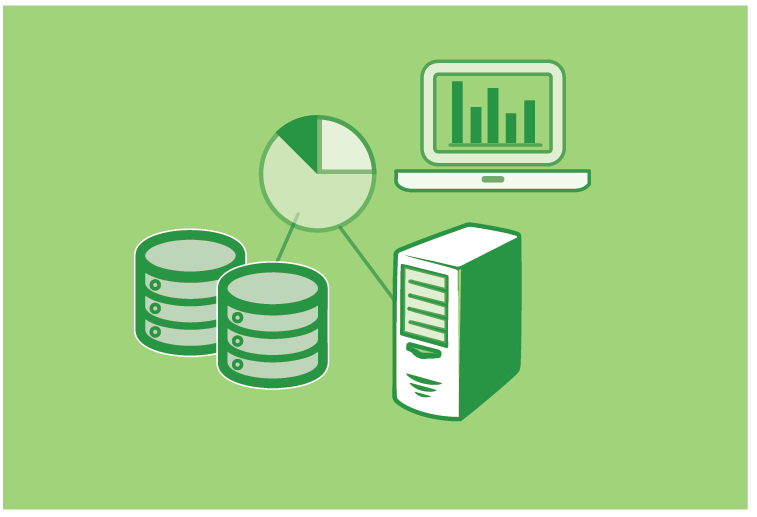
Core Leader: Qian-Li Xue, PhD; Co-Leader: Karen Bandeen-Roche, PhD
The Biostatistics Core (OAIC Resource Core 1, or RC1), seeks to empower our institutions’ scientists with the quantitative support and expertise needed to create and translate into clinical practice the next generations of research on frailty. The functions supplied by the Biostatistics Core of the Johns Hopkins Older Americans Independence Center have been central in the creation of significant research, training and practice paradigms for addressing frailty in older adults. The key Biostatistics Core functions include: a central role in the mentorship and training of junior colleagues in the statistics of frailty and aging; the development and dissemination of emerging resources and technologies for data management and analysis; the provision of database and statistical expertise and support to scholarship on frailty and aging, needed methodological innovation, and collaborative intellectual leadership for the creation and translation of research on frailty. Outcomes of this Core, in collaboration in this OAIC and beyond, include advancement of knowledge on the ascertainment, biological and etiological underpinnings, health consequences, and treatment of frailty, research surmounting significant methodological challenges to the study of frailty, and the creation of intellectual capital and infrastructure for further advances. These have laid crucial groundwork for intervening on frailty.
For over 20 years, the Biostatistics Core has dedicated a critical mass of leadership from gerontologically informed biostatisticians toward the amelioration of frailty in older adults through our OAIC, and its leadership has dedicated the same to research on aging for more than 25 years. The specific aims of the Biostatistics Core are to:
- Mentor junior scholars supported by our Research Education Component and broader OAIC, with the goals of optimizing: access to data analytic expertise and support; usage of modern database and analytic resources; training in quantitative methods needed to effect high quality research and effectiveness of collaboration with statistical colleagues.
- Provide resources in data infrastructure and emerging computing technologies essential to discovery on frailty, and not possible absent an OAIC or its equivalent.
- Stimulate and advance research on frailty at our institution, by:
- Providing analytic and data management support for research on frailty sponsored as high-priority by this OAIC, including REC and Pilot and Exploratory Studies Core (PESC) projects, external projects (EPs) and development projects (DPs) of other Cores.
- Developing new methodologies for data analysis needed to translate basic research into clinical practice.
- Partner with our fellow OAIC Cores, the scholarly community on aging at Johns Hopkins, and fellow OAICs to promote scholarship on frailty and aging, its translation into effective prevention and intervention strategies, and heighten its visibility.

